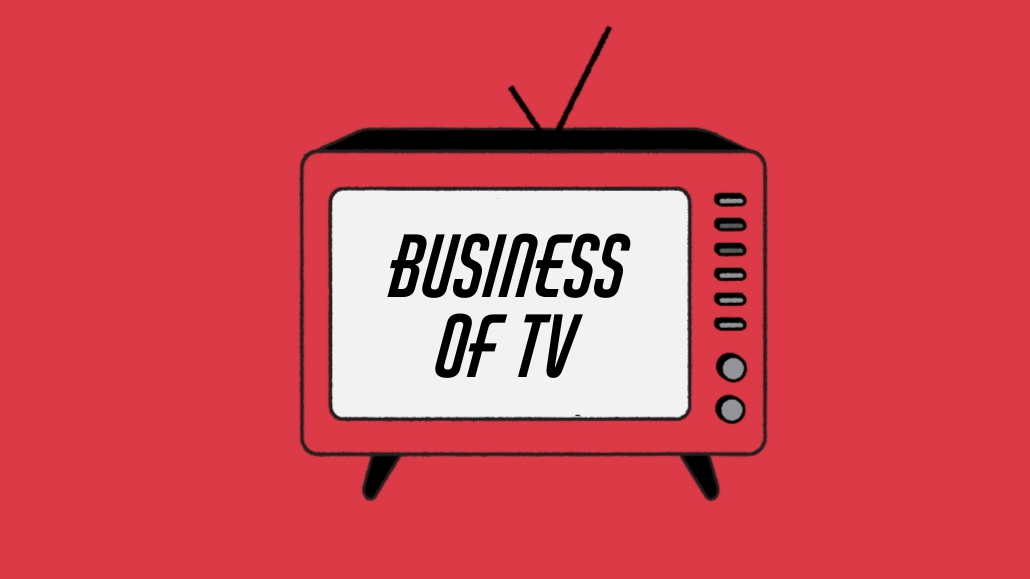Save 50% on a 3-month Digiday+ membership. Ends Dec 12.
What’s an eCPM? It’s bad news for linear networks whose inventory got more pricey

On the eve of the $20-plus billion upfront marketplace, linear TV is girding to grapple for all the value it can secure in the face of growing competition for eyeballs and advertisers from connected TV and streaming providers.
One of its main problems is a scarcity of inventory, which is driving up the cost of that inventory — and possibly scaring off some advertisers. But how much of that effect will take place this upfront?
Standard Media Index (SMI), which analyzes marketplace pricing, analyzed the last two pre-upfront buying seasons, from October (when prior upfront deals begin to take effect) through February (in order to compare with the most up-to-date information from this February). As explained by Rick Bruner, the company’s head of insights and analytics, SMI derived what it calls an “effective CPM” (eCPM) or “delivered CPM” that takes into account the difference between the negotiated cost-per-thousand viewers rate charged by TV networks and the actual CPM buyers paid once the ad ran.
In short, eCPM pricing has gone up, due to the scarcity of inventory in linear TV. While that’s not a huge surprise, it’s causing a bottleneck in linear inventory — one that can’t easily be solved by moving video ad dollars to other non-linear, aka streaming, options, since they’re bought and evaluated differently.
It also means that total ad revenue for the linear networks continues to drop. According to SMI’s analysis (which does NOT include live sports inventory), linear upfront ad spend dropped from $2.6 billion in 2019-20 to $2.1 billion in 2020-21, and then to $1.7 billion in 2021-22. Unit costs during those same time frames dropped from an average $76,000 to $59,000 then a lesser drop to $55,000 in 2021-22. That led the upfront eCPM to rise by 148 percent when indexed over other programming in 2019-20, then by 154 percent in 2020-21 and 168 percent in 2021-22.
“The eCPM should fairly express what the market is driving towards in the Upfronts, and we see [them] rising, but the actual unit costs for spots in general is declining. And that makes sense because the audience is declining,” said Bruner.
Nicole McCurnin, director of advertising insights at SMI, noted that linear cable, which represents about 60 percent of market spend in TV, is showing the most pronounced increase in upfront eCPM versus scatter spend.
“A lot of people look at the scatter to upfront ratio as informative for how negotiations will go in the current upfront,” said Bruner.
What’s not clear, since the SMI data doesn’t get into it, is the softened first-quarter scatter market in TV. Bruner said March data will be in within the next week or so, to see what effect that softness will have on eCPMs as this upfront gets underway.
But to others watching the numbers in the marketplace, something needs to change. “As the Upfronts progress, we need to keep an eye on how we’re leveraging the increased stability from these alternative providers,” said Howard Shimmel, head of strategy for predictive analytics provider datafuelX, “There is less linear TV supply now than at any point in my career. The reality is as supply shrinks the need for stability increases because networks don’t have units that they can misuse. Increased precision is only going to grow in importance, especially as outcome based buying advances.”
More in Media

Meta enters AI licensing fray, striking deals with People Inc., USA Today Co. and more
The platform has secured seven multi-year deals with publishers including CNN, Fox News, People Inc., USA Today Co to incorporate their content into its large language model (LLM) Llama.

European publishers say the Digital Omnibus ‘cookie fix’ leaves them worse off
The European Union’s attempt at a legislative spring clean for Europe’s web of data privacy rules, has landed flat with publishers.

Digiday+ Research Subscription Index 2025: Subscription strategies from Bloomberg, The New York Times, Vox and others
Digiday’s third annual Subscription Index examines and measures publishers’ subscription strategies to identify common approaches and key tactics among Bloomberg, The New York Times, Vox and others.







